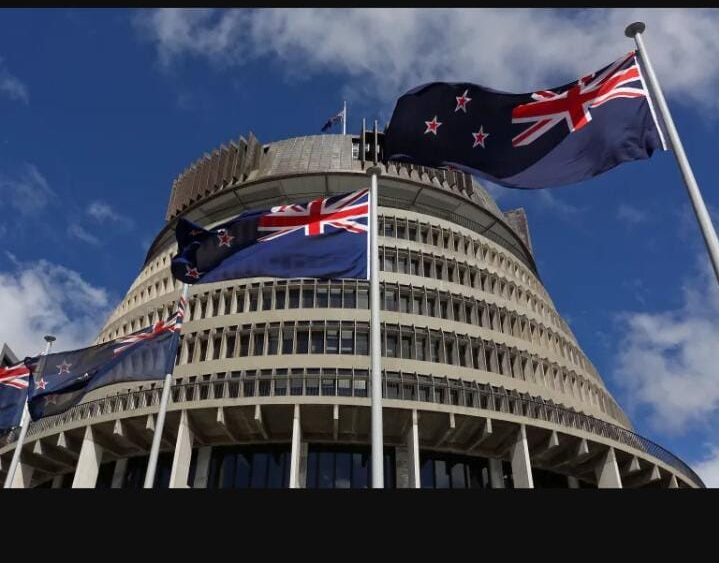
The Israel-Gaza conflict has been one of the most enduring and devastating conflicts in the Middle East. Spanning over decades, this conflict has resulted in significant casualties, destruction of infrastructure, and a humanitarian crisis that has drawn international concern. The war on Gaza, particularly in recent years, has seen spikes in violence, drawing attention to the scale of devastation. Below is a comprehensive look at the statistics that highlight the impact of Israel’s war on Gaza.
Historical Context of the Israel-Gaza Conflict
The conflict between Israel and Gaza has its roots in the broader Israeli-Palestinian conflict, which began in the mid-20th century. Tensions between Israeli forces and Palestinian groups have resulted in several wars, military operations, and countless skirmishes. The most significant wars involving Gaza include the 2008-2009 Gaza War, the 2012 Operation Pillar of Defense, the 2014 Gaza War (Operation Protective Edge), and the most recent conflict in May 2021. These wars have left Gaza severely impacted in terms of civilian life and infrastructure.
Casualties: Civilian and Military
Gaza CasualtiesCivilians: According to the United Nations, the vast majority of casualties in Gaza have been civilians, with thousands losing their lives in various rounds of conflict. For instance, during the 2014 Gaza War, over 2,200 Palestinians were killed, of which more than 1,400 were civilians, including women and children.
Children: The number of children affected by the war is particularly alarming. In the 2021 conflict, 256 Palestinians were killed, including 66 children. Over the past decades, the death toll for children continues to rise as many are caught in the crossfire or affected by bombings.
Injuries: In addition to fatalities, tens of thousands of Palestinians have been injured. For instance, in the 2014 conflict, over 11,000 Palestinians were wounded, many suffering life-changing injuries.
Israeli Casualties
Military and Civilian Losses: While the civilian death toll in Israel is significantly lower, Israel has also suffered casualties, including soldiers and civilians due to rocket attacks from Hamas and other militant groups. In the 2021 conflict, 13 Israelis, including one soldier, were killed by rockets fired from Gaza.
Rocket Attacks: The number of rocket attacks targeting Israeli cities has escalated in each major conflict, with over 4,000 rockets fired into Israel in 2021 alone.
Destruction of Infrastructure in Gaza
Homes and Buildings: The destruction of homes and public buildings has been a hallmark of the conflict. The United Nations estimates that during the 2014 Gaza War, over 18,000 homes were destroyed or severely damaged. In the 2021 conflict, airstrikes by Israel led to the destruction of several high-rise buildings, including media offices, commercial buildings, and homes.
Public Services: Critical infrastructure such as water supply, sewage systems, and electricity grids has been repeatedly targeted, leaving Gaza in a dire state. The 2021 conflict severely impacted Gaza’s only power plant, leading to daily power outages affecting hospitals and other essential services.
Schools and Hospitals: Schools and hospitals have not been spared. During the 2014 Gaza War, over 140 schools were damaged, and several hospitals were destroyed. These facilities, vital for Gaza’s future, have not been fully rebuilt due to the ongoing blockade and lack of resources.
Displacement and Refugees
Displacement: Each round of conflict has led to large-scale displacement within Gaza. In 2014, over 500,000 Palestinians were displaced, seeking refuge in UN shelters and with relatives. Even in 2021, thousands of Gazans were forced to flee their homes due to the threat of Israeli airstrikes.
Refugees: Gaza’s population is predominantly composed of refugees, descendants of those who fled or were expelled from their homes during the 1948 Arab-Israeli war. Today, over 70% of Gaza’s population of roughly 2 million people are registered as refugees with the United Nations Relief and Works Agency (UNRWA).
Economic ImpactBlockade and Unemployment:
Gaza has been under an Israeli land, sea, and air blockade since 2007, following Hamas’ takeover of the strip. This blockade has crippled Gaza’s economy. Unemployment rates in Gaza are among the highest in the world, with figures hovering around 50%, and over 70% for young people. The economic blockade has stifled trade, limited imports of essential goods, and restricted the movement of people.
Poverty: The blockade and repeated wars have plunged Gaza into deep poverty. The United Nations reports that over 80% of Gaza’s population relies on humanitarian aid for survival, with food insecurity affecting over two-thirds of households.
Destruction of Economic Infrastructure: Each conflict has further decimated Gaza’s already fragile economy. Factories, commercial buildings, and farms have been destroyed in airstrikes. Rebuilding efforts are often hampered by the blockade, limiting the import of building materials.
Humanitarian Crisis
Access to Healthcare: Gaza’s healthcare system has been overwhelmed by the repeated conflicts. The destruction of hospitals and medical facilities, coupled with shortages of medicines and equipment, has left Gaza’s healthcare system unable to cope with the rising number of casualties. The blockade also restricts patients from leaving Gaza for specialized medical treatment in Israel or abroad.
Mental Health Impact: The psychological toll of living in a war zone is profound, especially on children. A UNICEF report indicates that over 90% of children in Gaza show signs of trauma due to constant exposure to violence, bombings, and the loss of family members.
International Aid: Humanitarian aid continues to be a lifeline for the people of Gaza. Organizations like UNRWA provide essential services, including education, food assistance, and healthcare. However, the scale of the crisis often overwhelms these efforts, and international aid is frequently delayed due to restrictions.
The Future of GazaThe war on Gaza has left deep scars on the region, with recurring cycles of violence, economic devastation, and humanitarian crises. While ceasefires and peace agreements have been reached at various points, the root causes of the conflict remain unresolved. The statistical overview of the war reveals the overwhelming challenges faced by Gaza’s population. A long-term solution, focused on peace, economic development, and humanitarian support, is urgently needed to bring stability and a hopeful future to Gaza.
Subscribe to Follow Global Trends for daily global news.
Find Out How To Make Money As A Full Time Writer/Blogger Guide.
To Advertise, Advertise Your Affiliate Links on FollowGlobalTrends.com for Just $1 Per Link Per Month!
Related articles
Israel’s War on Gaza Live: Israeli Attacks Kill 68 in 24 Hours
Israel’s War on Gaza: Live Updates on Israelis in Cairo as US Says Truce in Sight
Israel’s War on Gaza Live: Truce Still Elusive as Israeli Attacks Kill 52
Brief: Israel War on Gaza Live: No Letup in Israeli Attacks Ahead of Truce Talks
Barclays Backtracks on Israeli Bond Withdrawal
IsrIsraelael War On Gaza Update
Written by: Enyoghasi Ngozi pricillia

